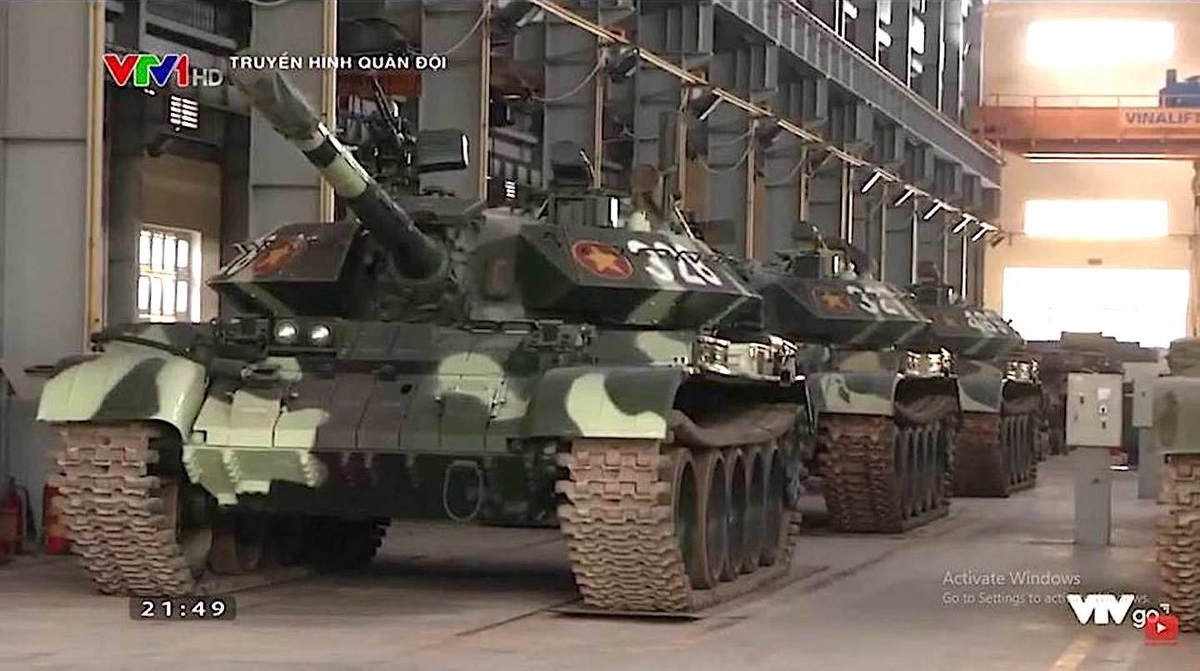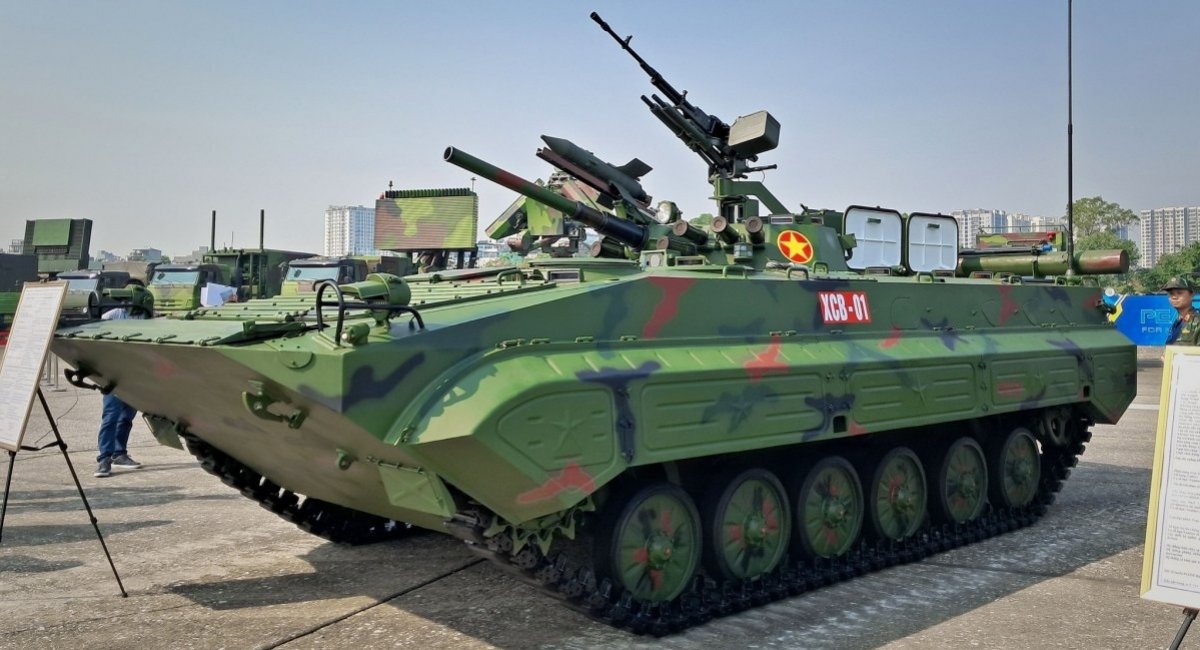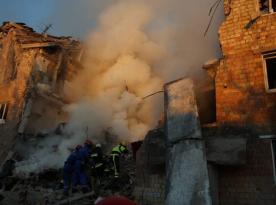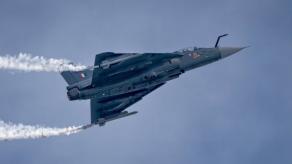Vietnam’s defense industry has successfully created an indigenous copy of the 122mm 2S1 Gvozdika self-propelled howitzer, designated the PTH-122. Photos of the vehicle are already circulating on social media. Earlier, in December 2024, Vietnam also showcased a similar development, a locally produced version of the BMP-1 infantry fighting vehicle, named XCB-01.
This effort represents the only known large-scale reverse engineering project for Soviet-era military equipment in modern times. The key question, however, is why Vietnam pursued such an initiative.
Read more: russians Confident About Exporting S-500 Systems, UAVs, and Tanks to Global Markets, But Will Demand Follow?
"(P)háo (T)ự (H)ành 122 (ly)"Officers of Vietnam People Army taking a look at the chassis of PTH-122 self-propelled howitzer prototype. Researched and developed domestically, PTH-122 draws inspiration from Soviet 2S1 "Gvozdika" which currently serves in the Artillery Corps. pic.twitter.com/fnM5mpzg7i— Lee Ann Quann (@AnnQuann) March 27, 2025
A straightforward explanation is that Vietnam decided to replace its aging Soviet-made BMP-1 and 2S1 Gvozdika units currently in service. According to The Military Balance 2024 study by the IISS, the People’s Army of Vietnam operates 300 BMP-1/BMP-2 vehicles and an unspecified number of Gvozdika howitzers. The country’s defense budget for 2023 was approximately $7.4 billion.
This doesn't explain, though, why Vietnam opted for reverse engineering outdated systems rather than simply purchasing more advanced replacements on the global arms market.
Defense Express assumes the real reason might be of a political nature. Vietnam may be deliberately moving away from reliance on russia as a defense supplier. This would not be unprecedented: in 2022, Vietnam selected Israel, rather than russia, as its partner for modernizing its fleet of T-54/55 main battle tanks, totaling 850 units.
1/"Armor"T-62, T-90S/SK, BMP-1, XCB-01, 2S1, 2S3, BTR-60 (modded), ... pic.twitter.com/tXtgPuFygs
— Lee Ann Quann (@AnnQuann) December 16, 2024
On a broader scale, Vietnam’s efforts align with similar developments in other nations. Poland, for instance, has learned to manufacture Gvozdika systems and MT-LB armored utility vehicles independently. Similarly, India decided to exclude russia from the Su-30 modernization program for the national air force, and so did Turkiye when awarded BMP-3 modernization for the United Arab Emirates.

Read more: Turkiye Excludes russia From BMP-3 Modernization For UAE, What Novelties FNSS Can Offer














